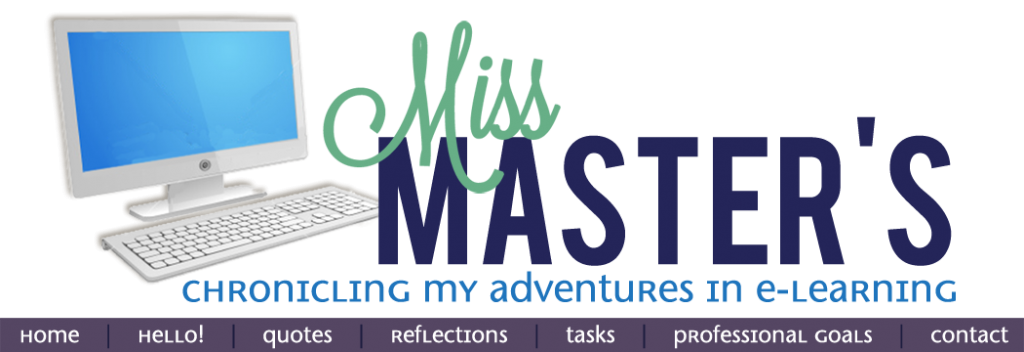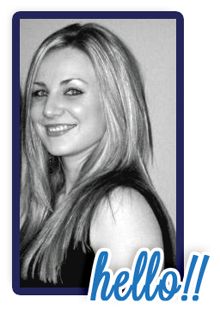.jpg) As a result of the learning I
have gained from the past eight weeks of this course I understand and
appreciate the need to teach diversity and anti-biased education in a more
profound way than ever before. As I have already discussed a goal that I have
and maintain is the desire to develop a deeper awareness of issues that involve
diversity. Drawing from my own educational experiences both as a student and as
an educator, I firmly believe that the role of the teacher is more relevant and
necessary than ever before. As I have learned from first-hand experience,
teachers can leave an indelible impression on a young person. I want to be more
in-tune and aware of issues that involve diversity that can affect and impact a
child’s development, view of themselves, their family and the society at large.
I have learned a great deal during the past eight weeks; I have learned in
greater detail what diversity entails from all of the isms we discussed but
also considered each child’s unique and individual family culture as well. I
have also learned about microaggressions and found myself reflecting upon my
own biases and ignorance and ways in which I may have unintentionally
marginalized, stereotyped and offended others.
As a result of the learning I
have gained from the past eight weeks of this course I understand and
appreciate the need to teach diversity and anti-biased education in a more
profound way than ever before. As I have already discussed a goal that I have
and maintain is the desire to develop a deeper awareness of issues that involve
diversity. Drawing from my own educational experiences both as a student and as
an educator, I firmly believe that the role of the teacher is more relevant and
necessary than ever before. As I have learned from first-hand experience,
teachers can leave an indelible impression on a young person. I want to be more
in-tune and aware of issues that involve diversity that can affect and impact a
child’s development, view of themselves, their family and the society at large.
I have learned a great deal during the past eight weeks; I have learned in
greater detail what diversity entails from all of the isms we discussed but
also considered each child’s unique and individual family culture as well. I
have also learned about microaggressions and found myself reflecting upon my
own biases and ignorance and ways in which I may have unintentionally
marginalized, stereotyped and offended others.
As a result of the learning from this
course I am encouraged to keep growing with regards to diversity and anti-biased
education. I want to be able to use this deeper understanding and awareness to
find strategies and ways of teaching diversity in a way that is rich and
meaningful to my young students. In our week one reflective journal I explained
that as a teacher I hear often, “You can’t play at this center, this game is
for boys” or “I don’t want a pink sticker they’re for girls” or “You need to
use the white baby, your skin is white”. I want to ensure that I am taking the
time to address and talk about these assumptions openly with my students in a
way that feels safe and secure. Far too often I get wrapped up in other things
that are taking place and miss out on these important teaching opportunities.
 One goal that I would like to set
for the early childhood field related to issues of diversity, equity and social
justice is to not allow teachers to become stagnant in their roles as educators
and leaders in the classroom. I believe that it is essential for early
childhood educators to have continued professional development within the realm
of diversity and anti-biased education to ensure that as a collective group we
are providing each child with care and an education that relates and speaks to
them. Every child should feel a connection and as though they belong to their
school environment for the sake of their development, their home life, their view
of self and their overall view of the world at large. We need to ensure we are
providing this to every child.
One goal that I would like to set
for the early childhood field related to issues of diversity, equity and social
justice is to not allow teachers to become stagnant in their roles as educators
and leaders in the classroom. I believe that it is essential for early
childhood educators to have continued professional development within the realm
of diversity and anti-biased education to ensure that as a collective group we
are providing each child with care and an education that relates and speaks to
them. Every child should feel a connection and as though they belong to their
school environment for the sake of their development, their home life, their view
of self and their overall view of the world at large. We need to ensure we are
providing this to every child. .jpg) I would like to take a minute to thank each and every one of
my colleagues for their support during the past eight weeks. I have learned and
have grown as a result of the dialogue and rich discussion that has taken place
through both blog posts and the discussion forum. I appreciate that we are able
to share ideas and to agree and disagree professionally in order to develop
ideas and learn from one another.
I would like to take a minute to thank each and every one of
my colleagues for their support during the past eight weeks. I have learned and
have grown as a result of the dialogue and rich discussion that has taken place
through both blog posts and the discussion forum. I appreciate that we are able
to share ideas and to agree and disagree professionally in order to develop
ideas and learn from one another.
Thanks again, and best of luck in future
courses and endeavors!

.jpg)





2 comments:
I am glad that you gave us these examples of young students talking about who should use pink, wear a skirt, or who cannot play in certain areas. Today at my center we had our parent/teacher orientation and a teacher from one classroom comes running to tell the other teacher how a mother spent 15minustes explaining or demanding that she DOES NOT want her son to play in the dramatic play area, to don’t wear skirts or girls clothes. Even though the teacher explained to her that this is part of our curriculum and their learning experience; the mother got red and kept saying no and no, because she is afraid her son turns gay. Can you believe that? This is one of the reasons I keep saying that we need to first educate ourselves and the parents along with the students.
Rhiannon adopting a truly global perspective allows us to view culturally and linguistically diverse students and their parents or guardians as resources who provide unparalleled opportunities for enrichment. However, we need a greater repertoire of approaches to teaching and learning to cope with varied styles of learning. Teachers and students alike must cultivate interpersonal skills and respect for other cultures. The new world economy demands this global view. After all, our markets and economic competition are now global, and the skills of intercultural communication are necessary in politics, diplomacy, economics, environmental management, the arts, and other fields of human endeavor.
Surely a diverse classroom is the ideal laboratory in which to learn the multiple perspectives required by a global society and to put to use information concerning diverse cultural patterns. Students who learn to work and play collaboratively with classmates from various cultures are better prepared for the world they face now—and the world they will face in the future. Teaching and learning strategies that draw on the social history and the everyday lives of students and their cultures can only assist this learning process.
Teachers promote critical thinking when they make the rules of the classroom culture explicit and enable students to compare and contrast them with other cultures. Students can develop cross-cultural skills in culturally and linguistically diverse classrooms. For such learning to take place, however, teachers must have the attitudes, knowledge, and skills to make their classrooms effective learning environments for all students. Given the opportunity, students can participate in learning communities within their schools and neighborhoods and be ready to assume constructive roles as workers, family members, and citizens in a global society.
I wish you lots of success as you continue at Walden University. Thanks for your wonderful comments.
Post a Comment